A few days ago, Chase, vice president of realme, revealed on social media that after using 240W fast charging for two months, the maximum battery capacity of realme GT Neo5 still remained at 100%, this undoubtedly alleviates many users’ concerns about high-power fast-charging mobile phones to a certain extent. In fact, it is not difficult to find out by searching the Internet that few users are worried about the battery health of fast-charging mobile phones.
Today, fast charging, as a technology that can intuitively improve user experience, has become a standard feature of smartphone. In fact, with the continuous upgrading of performance, screen, video and other configurations, battery capacity and battery life have always been pain points that mobile phone users can hardly avoid. However, before there is a disruptive breakthrough in battery technology, the application of fast charging technology has achieved an almost optimal balance point among battery capacity, charging time, and battery life.
But everyone must know that the current nominal 100W, 120W, 150W, and 200W fast charging solutions actually only refer to the highest charging power. When the mobile phone is charging, it does not always charge at the highest power. Usually, it will gradually increase the charging power until it reaches the peak, then gradually reduce the charging power and end with trickle charging, and it is subject to factors such as temperature.
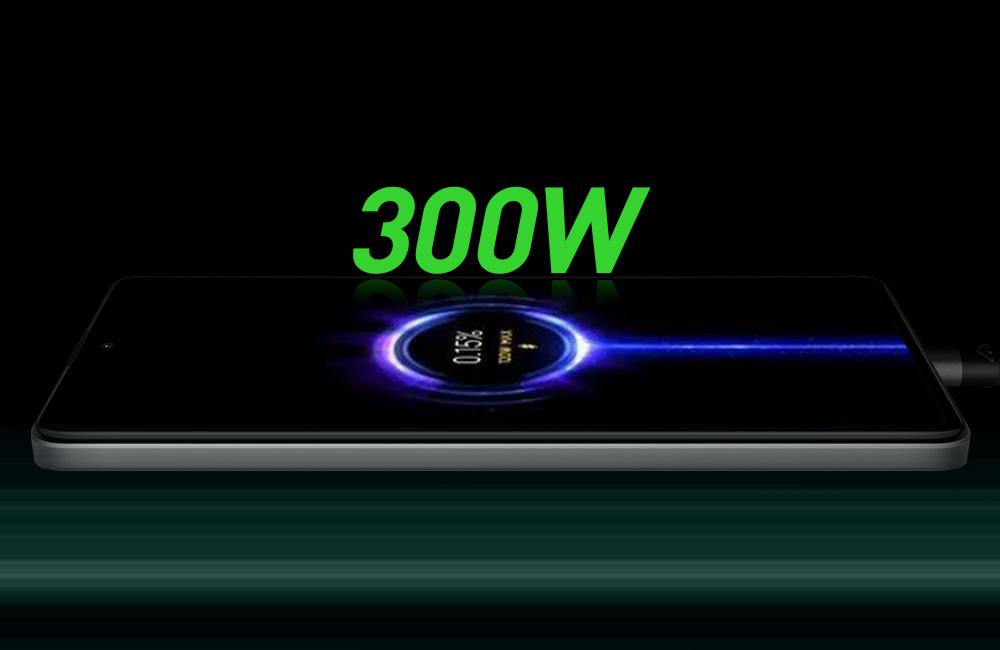
First of all, we might as well briefly review the origin of fast charging technology. In fact, as early as the era of feature phones, the USB IF (USB Implement Forum) had established a set of standards for portable charging devices using USB ports. With the advancement of technology, the USB IF formulated the USB PD (Power Deliver) protocol according to the needs. This set of charging standards and technologies is also one of the current mainstream public fast charging protocols. Its power can reach up to 100W, and the USB PD protocol can be not only used for mobile phones, but it is also quite common on devices such as laptops and monitors.
This set of technologies and protocols is completely open, and third-party manufacturers can produce various accessories based on this set of technologies and protocols. Correspondingly, before obtaining the relevant authorization, the manufacturers have no right to produce corresponding products according to the private agreement and technology.
In 2013, when smartphones gradually entered a stage of rapid development, Qualcomm proposed Quick Charge, the first fast charging technology protocol. Now it has evolved to version 5.0, with a maximum power of 100W, which is equivalent to the USB PD protocol. However, it should be noted that the development of this technology has gone through two stages from high voltage and low current to dynamic adjustment, and it is also one of the main design ideas of current fast charging technology.
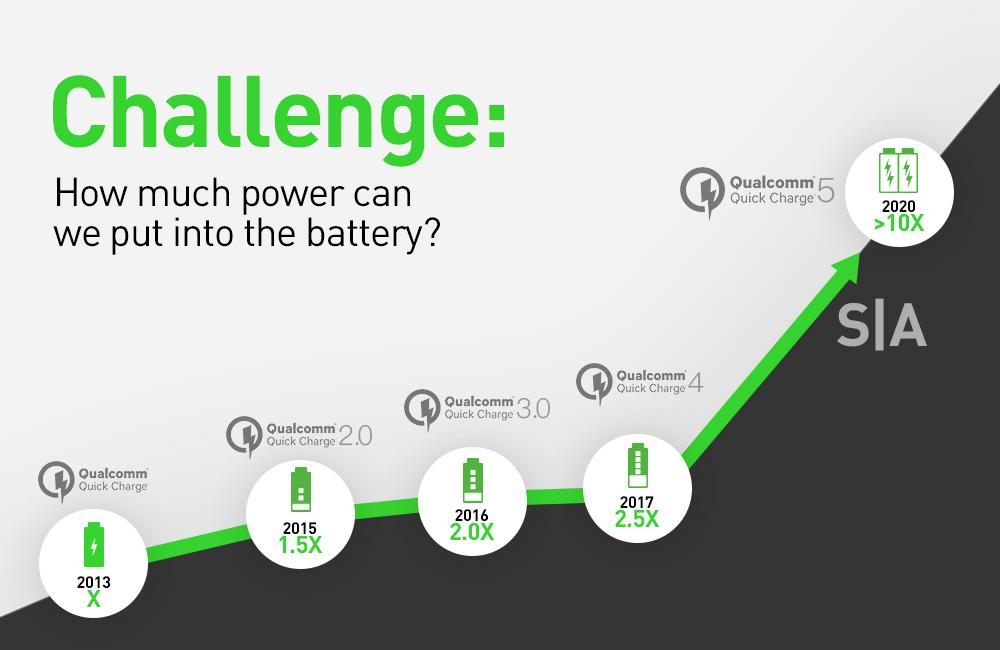
In addition to public protocols, the 100W and 200W fast charging protocols currently used by major mobile phone manufacturers usually are private protocols. For example, Huawei has its own set of fast charging protocols and standards, FCP (Fast Charge Protocol) protocol and SCP (Super Charge Protocol) protocol, of which the maximum charging power of FCP is 18W, and the maximum charging power of SCP protocol can reach 66W.
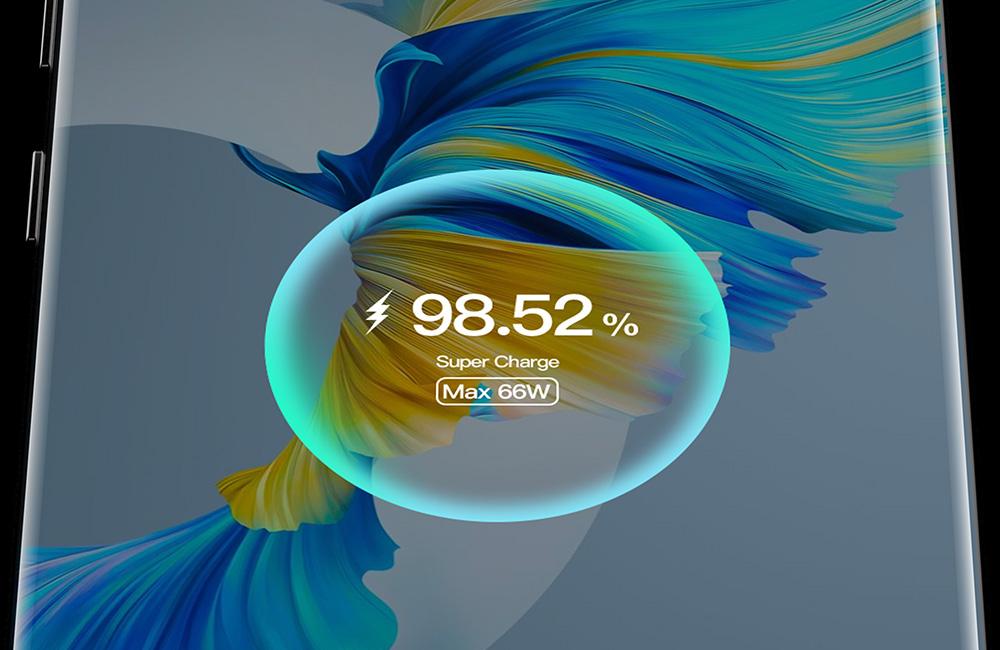
In the early years, with the slogan of “charging for 5 minutes and talking for 2 hours”, OPPO’s VOOC flash charging was also known to a large number of consumers. Its principle is low voltage, high current, and multiple safety protection functions have been added. At present, VOOC flash charging has evolved to SuperVOOC, and the charging power has reached 240W. It was previously reported that OPPO has been testing the SuperVOOC fast charging solution up to 300W.
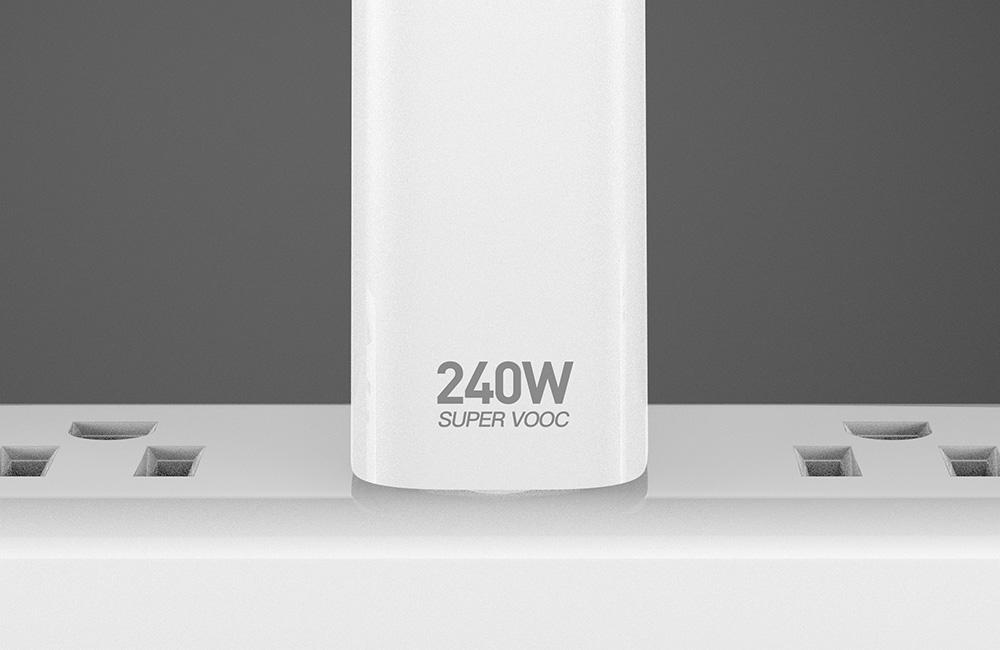
Vivo currently uses SuperFlashCharge technology, with a maximum charging power of 200W. It adopts a dual-cell, ultra-thin electrode battery, and three-way charge pump charging scheme. On the other hand, with the debut of the surging P1 chip, Xiaomi was able to take the lead in realizing a single-cell up to 120W fast charging. On the Mi 13 Ultra, it is equipped with the surging P2, which can achieve super-100W fast charging for both single-cell and dual-cell chip.
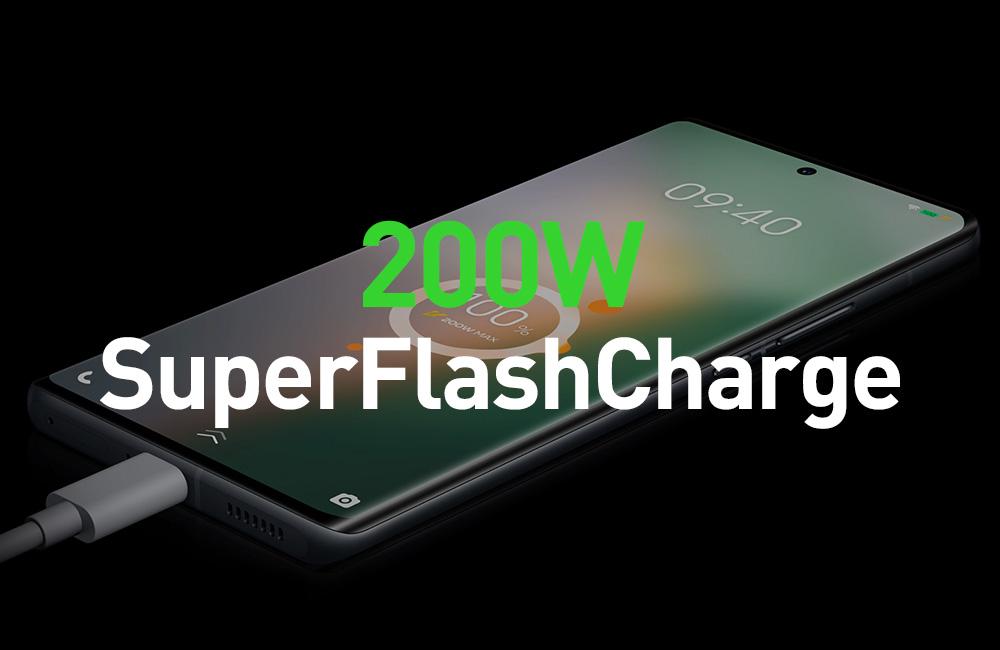
While wired fast charging is advancing at multiple levels, wireless fast charging is also in progress. The Wireless Power Consortium had launched the “wireless charging” standard Qi in the early days, but the maximum charging power of this standard was only 15W. However, leading brands including Xiaomi, OPPO, vivo, and Huawei have greatly increased the wireless charging power on the basis of private agreements. At present, the wireless fast charging of almost all mobile phones can reach up to 50W.
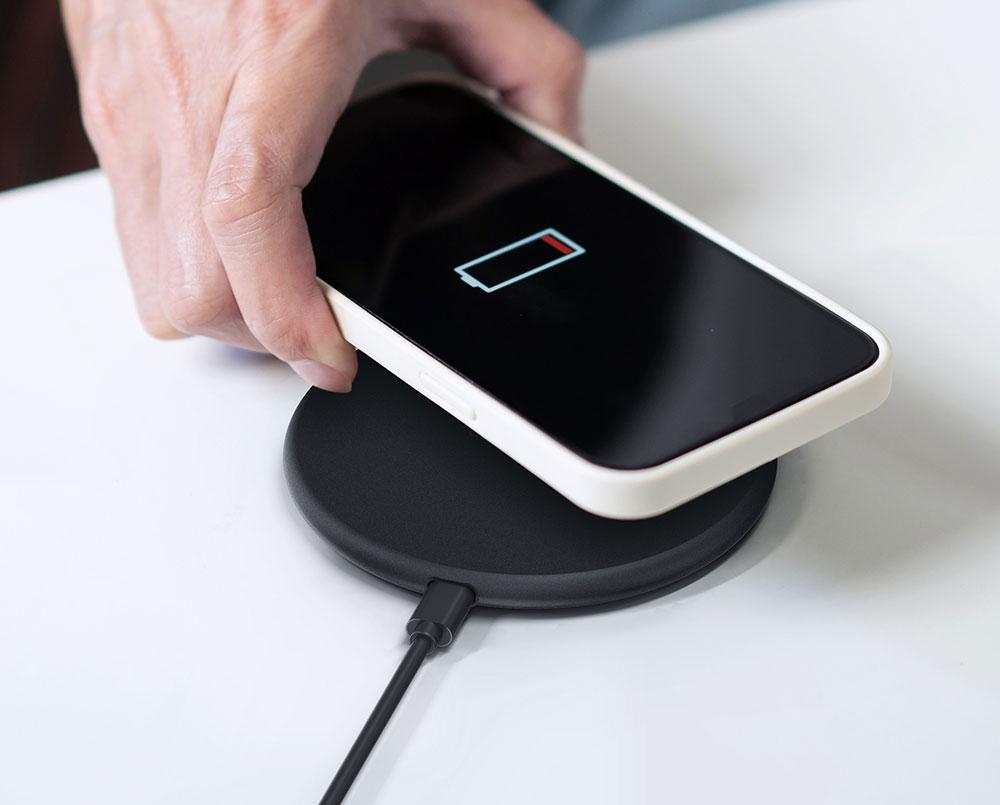
For this method of wireless charging, the highest charging power of 50W is sufficient for most scenarios in daily applications. However, it should be noted that the major challenge facing current wireless charging is still heat dissipation, and this is not difficult to find from the fact that many high-power wireless fast charging chargers are equipped with active cooling methods as standard.
After talking about today’s fast charging technology, standards, and protocols, let’s take a look at security. In fact, in the early years, users did not have a particularly clear understanding of charging safety until a certain Samsung model had related problems, it also received a lot of attention from the outside world.
At present, most fast charging technologies adopt safety protection measures such as intelligent temperature control, overvoltage protection, overcurrent protection, and short circuit protection. When the temperature is too high, the charging power will be reduced or the charging circuit will be cut off to fully ensure the safety of the circuit.
As for the statement that using fast charging will consume the battery, in fact, the current life cycle of the lithium battery used in mobile phones is about 1,000 times of charging and discharging. But please note that this “time” refers to the process from complete discharge to full charge. In actual use, due to various reasons, it is unlikely that the battery will be completely exhausted and then recharged. The service life is about two and a half years. Therefore, even if the mobile phone is undergoing a complete charging and discharging process every day, it can be used for such a long time, and it is obviously difficult to say “battery damage”.
However, with the rapid development of mobile phone fast charging in recent years, a new problem has also emerged, that is, the development of technology obviously has boundaries. When a technology has evolved to a certain level, it may cost more but only a small improvement can be obtained. Take the iQOO 11 Pro equipped with 200W fast charging as an example, its full charging time is about 9 minutes, but the price of the charger for this model is 69 US dollars, while the price of vivo’s 120W fast charging charger is 29 US dollars. When the fast charging power is increased by 80W, the price of the charger has more than doubled. Comparing the price of the vivo 80W fast charging charger for 25 US dollars, we will find that the higher the charging power is, the higher the cost will be.
Therefore, when the fast charging peak power can reach 300W, even if the charging time of the mobile phone is expected to be further shortened, the price of related accessories may continue to double. So under such circumstances, how many users will choose it?

